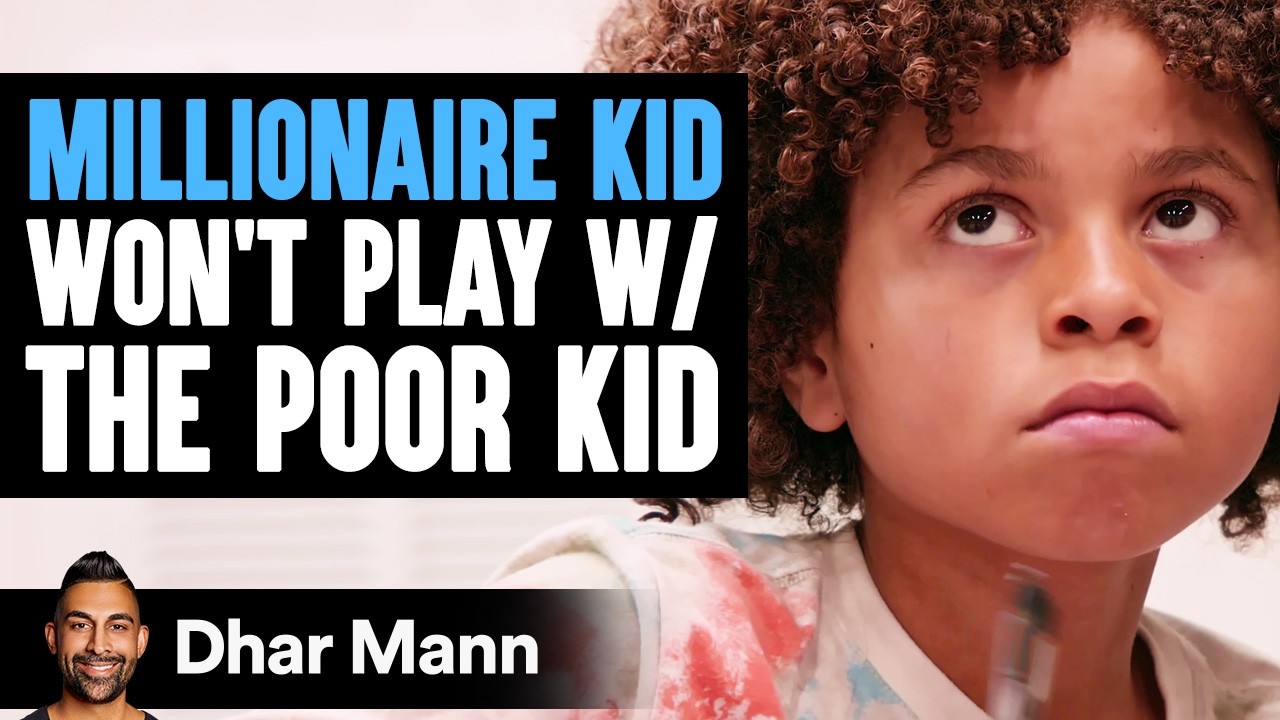No, David! - Animated Children's Book
Summary
TLDRIn the children’s book 'No, David!' by David Shannon, a young boy named David constantly finds himself in trouble as he faces a series of reprimands from his mother. Throughout the story, David is told 'no' for various mischievous actions, from playing with his food to making noise, and is often instructed to go to his room or stop misbehaving. Despite the stern discipline, the story ends on a heartwarming note with David’s mom expressing her unconditional love, capturing the balance between discipline and affection in parenting.
Takeaways
- 😀 The script centers around a child named David and his interactions with his mother.
- 😀 The repeated use of 'No, David!' suggests that the mother is frequently disciplining David.
- 😀 David is portrayed as a mischievous child, engaging in behaviors that are being corrected by his mother.
- 😀 The tone of the script highlights frustration, with the mother repeatedly saying 'No!' and giving commands.
- 😀 The mother uses several imperatives like 'Come back here, David!' and 'Go to your room!' to manage David’s behavior.
- 😀 There is an underlying sense of care as the script ends with the mother expressing love with 'Yes, David... I love you!'
- 😀 The repetition of the word 'No' emphasizes the mother's authority and her attempt to control the situation.
- 😀 The mother is shown setting boundaries for David's behavior, such as 'Don’t play with your food!' and 'Not in the house, David!'
- 😀 The script portrays a familiar dynamic between a parent and a child, filled with commands, corrections, and emotional nuances.
- 😀 The ending suggests that despite the disciplinary tone, the mother’s affection for David remains strong and unconditional.
Q & A
What is the primary theme of the book *No, David!*?
-The primary theme of *No, David!* revolves around the relationship between a child and their parent, highlighting the discipline and boundaries set by the parent, while also showing unconditional love and care.
How does the mother respond to David's actions throughout the story?
-The mother responds with a series of 'No!' commands, reprimanding David for his actions, but towards the end, she expresses love and affection, saying 'I love you!' despite the discipline.
What do the repeated 'No!' statements symbolize in the book?
-The repeated 'No!' statements symbolize the limits and boundaries that parents often set for their children, as well as the frustration and challenges that come with raising a child.
How does David react to the various commands from his mother?
-David reacts with mischief and disobedience to many of the commands, often continuing to do the things he's told not to do, which is typical of a curious and active child.
What message does the ending of the book convey?
-The ending of the book conveys that despite all the discipline and frustration, the mother still loves her child deeply. It emphasizes that love remains unconditional, even in moments of correction.
Why does the book use repetitive language, such as repeating 'No, David!'?
-The repetitive language helps to emphasize the frustration and persistence of the mother’s attempts to control David’s behavior, making the book more engaging for young readers and reinforcing the emotional tone.
What is the significance of the phrase 'I love you!' at the end of the book?
-The phrase 'I love you!' at the end of the book highlights the nurturing and forgiving aspect of a parent-child relationship. It serves as a reminder that discipline is part of care, and love is always present.
How does David’s behavior in the book reflect typical childhood behavior?
-David’s behavior, such as playing with food, making noise, and disobeying commands, reflects common behaviors seen in young children as they explore their world, test boundaries, and assert independence.
What role does the mother’s tone play in the story?
-The mother’s tone plays a critical role in the book, with her stern commands contrasting with the tenderness of her final declaration of love. This shows the balance of authority and affection in parental care.
What age group is *No, David!* best suited for?
-The book is best suited for young children, especially those between the ages of 2 and 5, as it deals with themes of discipline, boundaries, and love that resonate with both toddlers and their caregivers.
Outlines

هذا القسم متوفر فقط للمشتركين. يرجى الترقية للوصول إلى هذه الميزة.
قم بالترقية الآنMindmap

هذا القسم متوفر فقط للمشتركين. يرجى الترقية للوصول إلى هذه الميزة.
قم بالترقية الآنKeywords

هذا القسم متوفر فقط للمشتركين. يرجى الترقية للوصول إلى هذه الميزة.
قم بالترقية الآنHighlights

هذا القسم متوفر فقط للمشتركين. يرجى الترقية للوصول إلى هذه الميزة.
قم بالترقية الآنTranscripts

هذا القسم متوفر فقط للمشتركين. يرجى الترقية للوصول إلى هذه الميزة.
قم بالترقية الآنتصفح المزيد من مقاطع الفيديو ذات الصلة

Efren Divided Chapter 2 by Ernesto Cisneros Read aloud

Short Summary Of David Copperfield By Charles Dickens. - David Copperfield By Charles Dickens

David Copperfield by Charles Dickens in Hindi

MILLIONAIRE KID Won't Play With The POOR KID | Dhar Mann Studios

David And Goliath Animated Bible Story for Kids-1 Samuel 17 | Online Sunday School | Sharefaith.com

Efren Divided end of chapter 10 by Ernesto Cisneros read aloud
5.0 / 5 (0 votes)
